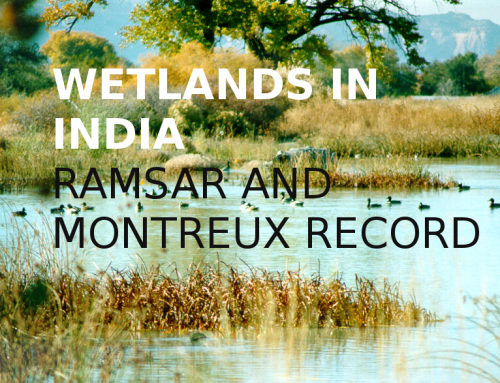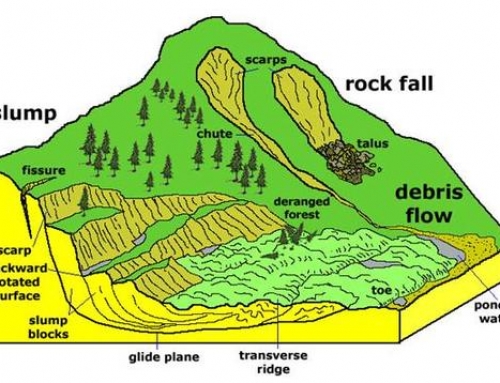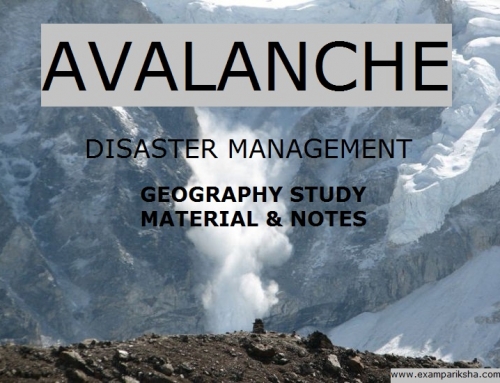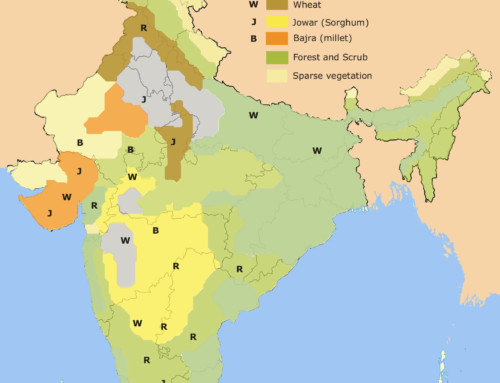Endogenic and exogenic forces that cause physical stresses and chemical actions upon earth materials and bring about changes in the surface configuration of the earth are known as Geomorphic Processes. The Earth’s surface is continuously exposed to endogenic as well as exogenic forces.
Gradation – Phenomenon of wearing down of relief variations of surface of earth through erosion. Exogenic forces lead to either degradation or aggradation.
- Degradation : results in wearing down of relief or elevation
- Aggradation: results in filling up of basins or depressions
Geomorphic agents – Any exogenic element of nature which is capable of acquiring and transporting earth material is an agent. Examples, water, ice, wind.
Role of gravity and gradient:
- Gravity is essentially a directional force which activates all down-slope movements of matter, and causes stresses on materials.
- Transportation and deposition of materials is possible due to gravity and gradients, otherwise there would be no mobility and erosion.
- Indirect gravitational stresses lead to activation of wave and tide induced currents and winds.
- Therefore, gravitational stresses are as important as the other geomorphic processes.
- Definition: Gravity is the force that keeps us in contact with the surface and it is the force which triggers the movement of all surface material on earth.
- Also, all the movements either within the earth, or over surface of the earth, occur due to gradients — from higher levels to lower levels, or from high pressure to lower pressure areas, etc.
Endogenic Processes:
These are processes emanating from the interior of Earth and induce diastrophism and volcanism in the lithosphere.
Endogenic forces – are mainly land building forces. They arise from radioactivity, rotational friction, tidal friction and primordial heat from the origin of the earth.
Distribution – variations in geothermal gradients, heat flow from inside of earth, crustal thickness and strength, cause the action of endogenic forces be non-uniform. Hence, the tectonically controlled original crustal surface is uneven.
Diastrophism:
All processes that involve moving, elevating or building up components of the earth’s crust are categorised as diastrophism.
These processes are studied under following heads:
(i) Orogenic processes
- mountain building through folding.
- It affects long and narrow belts of the earth’s crust.
- crust is deformed in form of folds.
(ii) Epeirogenic processes
- Continent building process.
- Involves simple deformation of crust.
- Under this, uplift or warping of large parts of the earth’s crust occurs
(iii) Earthquakes involve relatively local and minor movements.
(iv) Plate tectonics involve horizontal movements of crustal plates.
All the above four processes exhibit following characteristics which induce metamorphism of rocks:
- Faulting and fracturing of crust occurs.
- Pressure temperature and volume (PVT) changes occur.
Volcanism:
The movement of molten rock (magma) over, or towards the earth’s surface while also forming various intrusive and extrusive volcanic forms.
Exogenic Process :
These processes are mainly land wearing processes. They derive their energy from atmospheric sources including the Sun and gradients of tectonic factors.
Gravitational stresses: Forces acting along earth materials are sheer stresses ( force applied per unit area). It breaks rocks and boulders. Shear stress results in angular displacement or slippage.
Molecular stresses: they occur due to temperature changes, crystallization and melting.
Climatic processes that control various processes are mainly- temperature and precipitation.
Denudation: All exogenic geomorphic processes are covered here.
Weathering:
Weathering is defined as mechanical disintegration and chemical decomposition of rocks through the actions of various elements of weather and climate. It is in-situ ( on site) process. Climate is main factor, also topography and vegetation.
There are three types of weathering processes: (i) Chemical; (ii) Physical/ Mechanical; (iii) Biological weathering processes.
Chemical weathering :
- Water and air ( oxygen and carbon dioxide) and heat.
1. Solution –
- Soluble rock-forminf minerals like nitrates, sulphates, potassium are dissolved in water from solid and disintegrate.
- These leave rainy climates and accumulate in dry regions and areas.
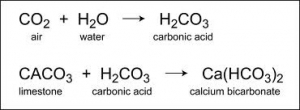
- Calcium carbonate and calcium bicarbonate are present in limestone which soluble in carbonic acid (carbon dioxide and water) .
- Sodium chloride is also susceptible to solubility.
2. Carbonation –
- Reaction of carbonate and bicarbonate with minerals and breaks down feldspar and carbonate minerals.
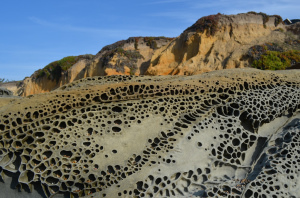
- Calcium carbonates and magnesium carbonates are dissolved in carbonic acid and these are removed in solution without residue resulting in cave formation.
3. Hydration –
- Chemical addition of water.
- Minerals take up water and expand.
- Calcium sulfate takes in water and turns to gypsum which is more unstable than calcium sulfate.
- It is reversible process.
4. Oxidation and reduction –
- Oxidation is combination of a mineral with oxygen to form oxides or hydroxide.
- When ready access to atmospheric oxygen and water.
- Iron, manganese, sulphur, etc.
- Breakdown of minerals occurs due to the disturbance caused by addition of oxygen.
- Red colour of iron, on oxidation turns brown or yellow, and on reduction turns to greenish grey.
- When oxidized minerals are exposed to an environment where oxygen is absent, reduction takes place.
Physical weathering:
It is caused by thermal expansion and pressure release. when repeated, cause continued fatigue of the rock.
Applied forces:
- gravitational forces: overburden pressure, load and shearing stress.
- expansion forces: due to temperature changes, crystal growth or animal activity.
- water pressures are controlled by wetting and drying cycles.
1. Unloading and Expansion
- Exfoliation sheets resulting from expansion due to unloading and pressure release may measure hundreds or even thousands of meters in horizontal extent.

- Fractures develop roughly parallel to the ground surface.
- Large, smooth rounded domes formed due to unloading called exfoliation domes.
2. Temperature changes and Exapansion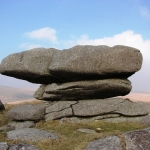
- This is most effective and evident in dry climates and high elevations where diurnal temperature changes are drastic.
- Surface layer expands more than the rock beneath and leads to formation of stress within rock resulting in heaving and fractuing parallel to square.
- In granites, tors (smooth surfaced and small rounded) form due to such exfoliation that occurs due to thermal expansion.
3. Freezing, thawing and frost wedging
- due to growth of ice within pores and cracks of rocks during repeated cycles of freezing and melting.

- High elevations in mid-latitudes.
- Glacial areas have frost wedging daily.
4. Salt weathering
- Salts expand due to thermal action, hydration,crystallization.
- Expansion depend on temperature and their thermal properties.
- calcium, sodium , magnesium , potassium, barium have tendency to expand.
- 30-50 degree Celsius surface temperature in deserts is favourable.
- Granular disintegration or foliation is observed in salt weathering.
- Salt crystallization is most effective in this category.
- Areas with alternate wetting and drying conditions favour salt crystal growth.
- Chalk breaks most readily, then Limestone, sandstone, shale, gnesiss, and granite, etc.
Biological weathering:
- Due to growth and movement of organisms.
- Burrowing, wedging by earthworms, termites, rodents, etc.
- Expose new surfaces to chemical attack
- decaying plants and animals matter produce humic, carbonic acid.
- Plant roots exert pressure mechanically.


